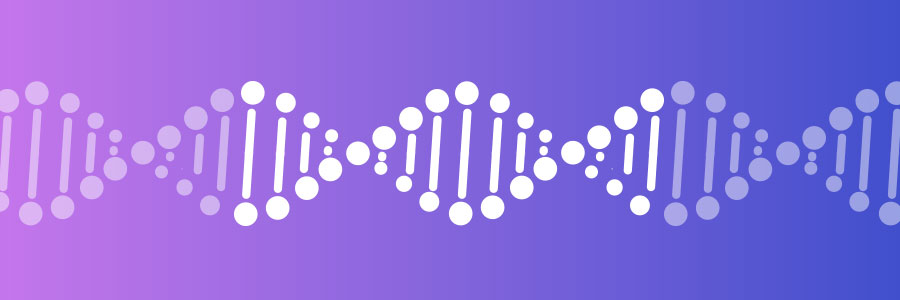Over the past five years, cell and gene therapies have increasingly moved from the R&D pipeline to the health care setting, putting lifesaving treatments for certain cancers and genetic diseases within patients’ reach. Over ten cell and gene therapies have been approved by the FDA in the past five years and over 500 gene-based therapies are in clinical development as of 2022. Based on current pipeline and product success rates, the FDA anticipates approving 10–20 a year by 2025, with spending expected to reach $25 billion annually over the next ten years.

With the emergence of these transformative treatments, payers are facing a practical reality of paying for them, with list prices ranging from $400,000 to $3.5 million per course of treatment. Payers are looking for predictable financing solutions for these large often one-time payments and for proof of therapeutic efficacy via value-focused payment approaches.
Cell and gene therapies seek to modify genetic material in order to treat an inherited or acquired disease. Preparing and administering cell and gene therapies is a complex and expensive process. Cell therapy aims to infuse whole cells into a patient’s body to replace or repair damaged tissues and may involve blood transfusion or transplantation of stem cells to create bone marrow.
To download the full white paper, click here.